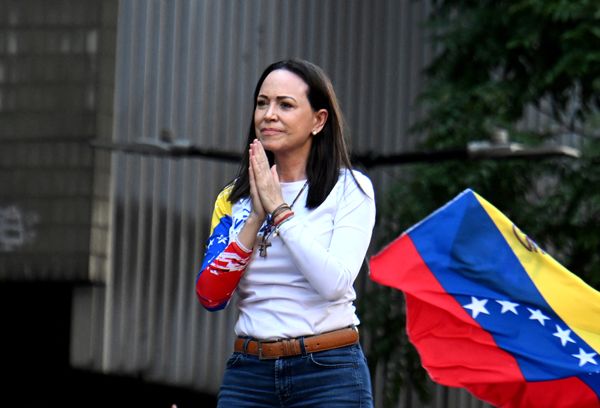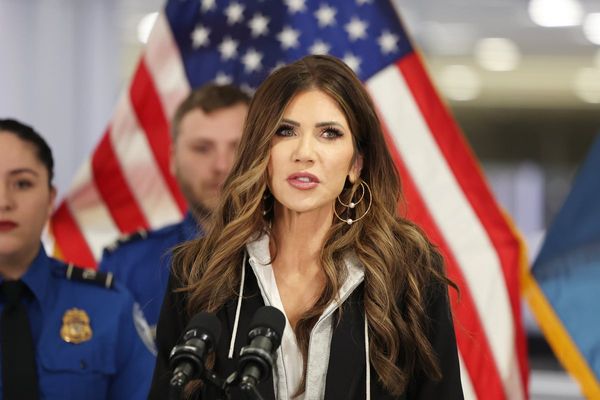
“We envision a society in which all the unique dimensions of our identity are equally valued, and all people are able to achieve the life they desire and can do so with dignity, respect, and collective support. We must acknowledge that some groups of people have historically benefitted and currently benefit from various systems that exploit, harm, oppress and marginalize others.”
This passage comes from the Working Definition of Equity created in January by the Children and Youth Behavioral Health Initiative, or CYBHI. The CYBHI is a five year, $4.7 billion effort to reenvision California’s mental health system in response to the staggering needs of young people. The initiative is the core of California’s Master Plan for Kids’ Mental Health, unveiled by Gov. Gavin Newsom last summer.
In mid-February, the Centers for Disease Control released startling data: 57% of U.S. teen girls reported feeling persistently sad or hopeless in 2021; 30% seriously considered suicide. And 18% experienced sexual violence in the past year. In California, suicide rates for kids ages 10-18 increased 20% between 2019 and 2020. Closer inspection reveals disparities, with particularly large increases among Black, Latino, LGBTQ youth and low income and immigrant families.
“We know all groups of children are not affected the same,” says Melissa Stafford Jones, who was appointed by Gov. Newsom to lead the CYBHI. “We can only achieve the vision if we focus on equity.”
State and national research on youth mental health lays bare the fact that women, queer, low income people and people of color suffer disproportionately more and receive less support than their peers. To truly harness California’s vast resources to improve youth mental health means acknowledging different needs, enacting appropriate and unique solutions. It means prioritizing support in communities that need it most — equity.
The need for an equitable approach to youth mental health quickly became clear as the CYBHI began to assess how California’s Health and Human Services Agency could lead five state departments — the Department of Health Care Services, Department of Health Care Access and Information, Department of Managed Health Care, Department of Public Health and the Office of the Surgeon General — to improve support for California youth needing treatment for mental health or substance abuse. As the Health and Human Services Agency and the five departments engaged community based organizations, behavioral health partners, families and youth, recurring questions arose: What’s CYBHI’s working definition of equity? How will CYBHI measure equity and its progress? Had CYBHI created a system to address equity?
Stafford Jones, who worked as regional director of the U.S. Department of Health and Human Services, where she helped roll out the Affordable Care Act, said these questions led to the creation of a working group in the summer of 2022. They were tasked with both defining equity and creating a framework for its implementation across participating government agencies, partners and services. In January, their Working Definition of Equity was released.
“This is about system change,” Stafford Jones explained. “This comes from the recognition of mental health needs and addressing the mental health crisis that became apparent during the pandemic.”
Defining equity is not simply an exercise in semantics; a clear statement of equity can be the foundation to improved health care. In the forward to the American Psychological Association’s 2021 Inclusive Language Guidelines, Chief Diversity Officer Maysa Akbar, PhD, wrote, “Those committed to effecting change must acknowledge language as a powerful tool that can draw us closer together or drive us further apart. Simply put, words matter. The words we use are key to creating psychologically safe, inclusive, respectful, and welcoming environments.”
The APA recognizes equity as an ongoing process of assessing needs, correcting historical inequity as well as creating the conditions for the best outcomes and highest forms of health and wellbeing. The Centers for Disease Control notes health equity is a goal achievable through research, policy, programs and infrastructure.
The group of nine people that drafted the CYBHI’s statement includes community advocates, education officials and health policy researchers. The five-part Working Definition of Equity they drafted feels comprehensive and grand without becoming a treatise.
Stafford Jones stressed the importance of the adjective “working,” implying a process that should progress and evolve. The group wanted it to be clear that dimensions of identity should not prompt inequity; that the definition notes what makes communities thrive, not just suffer; that it address structural inequities and recognize the harm caused by health care systems; and that the working definition of equity is a process, not a checklist.
The working definition concludes: “Equity rebalances power to groups that experience inequality and promotes a spirit of healing, justice and reconciliation.”
Stafford Jones and CYBHI contributors are careful to note that California’s state government as a whole is not adopting a definition of equity. Rather, the working definition of equity is meant for the departments, government systems, partners and work that fall within the CYBHI. The working definition is meant to help the CYBHI contributors to move towards implementing an equitable solution to the state’s mental health crisis.
“The first step is the definition. The next step is utilization,” said D. Imelda Padilla-Frausto, PhD, MPH, a research scientist at the UCLA Center for Health Policy Research, who helped craft the definition. In addition, she notes, the CYBHI Equity Framework should help view and identify issues and gaps in current health care systems.
“Research and evidence-based practices, or EBP, are primarily developed for English-speaking children and don’t capture children speaking other languages and other cultures,” explains Padilla-Frausto. “If that’s how EBP are decided, are we capturing the needs of other groups?”
Not all practices are applicable to all communities, continues Padilla-Frausto, noting how the ACEs, or adverse childhood experiences survey, may not adequately capture the needs of undocumented youth.
Padilla-Frausto hopes the Working Definition of Equity helps with funding and support for community based practices and programs that may provide missing services.
“The goal is to institutionalize other efforts that aren’t always in research and other populations of children,” Padilla-Frausto said.
We will soon see how effectively this definition of equity becomes part of the CYBHI work. In mid-February, the state announced a partnership with Mathematica, an international consulting and research organization, to evaluate the CYBHI. Just a week earlier, the Department of Health Care Services announced a round of grant funding for both evidence-based methods and community practices to fund trauma-informed programs. The first part of the application guide states the significance of an equity-driven approach.
Stafford Jones also points to a simple lesson that comes from involving youth in the process. The Department of Health Care Access and Information received $338 million to develop a Wellness Coach Workforce. The coaches were initially called behavioral health coaches. Young people told them to change the name — that they preferred wellness coach to behavioral health coach.
“This effort is intended to help make the workforce more reflective of our state’s diverse kids and families,” Stafford Jones wrote in a December 2022 initiative update. “Youth have told us they want and need a workforce that looks like them, speaks their languages, and understands their experiences and communities.”
System change starts with acknowledging the extent of youth mental health struggles and the different needs of different youth. In many ways we are finally hearing what frontline workers — teachers, doctors, researchers — as well as youth and their families have been saying for too long. Inattention comes at the cost of lives and does harm that impacts not only struggling youth but their friends, family, parents, community and our collective future. An equity-driven approach to mental health is a first step towards real change. For a health care system that has historically harmed as well as healed, an equitable approach may be the only way towards true progress in our mental health.







